America’s New Military Presence in Europe: Fewer Troops, Farther East

A U.S. Army convoy passes through Latvia in the spring of 2015. Photo by Nolan Peterson/Coffee or Die
KYIV, Ukraine — While the overall number of US military personnel in Europe is set to decrease, the center of gravity of American military forces in Europe is shifting steadily eastward, underscoring the existential security concerns about Russian aggression shared by NATO’s easternmost members.
On Friday, Poland’s Defense Ministry said it had struck a tentative deal to expand America’s military footprint in the former Warsaw Pact country to a permanent presence of some 5,500 US military personnel. There are currently some 4,500 troops in Poland as part of a rotational force.
“Any US troops at the eastern flank of NATO make great sense for deterring Russian aggression,” said Jakub Janda, director of the Prague-based European Values Center for Security Policy.
“US troops bring stability to the region, and therefore it makes perfect sense to move them to Poland,” Janda told Coffee or Die. “The main role of NATO in Europe is to defend its members from the Russian threat, so this move makes sense policy-wise.”
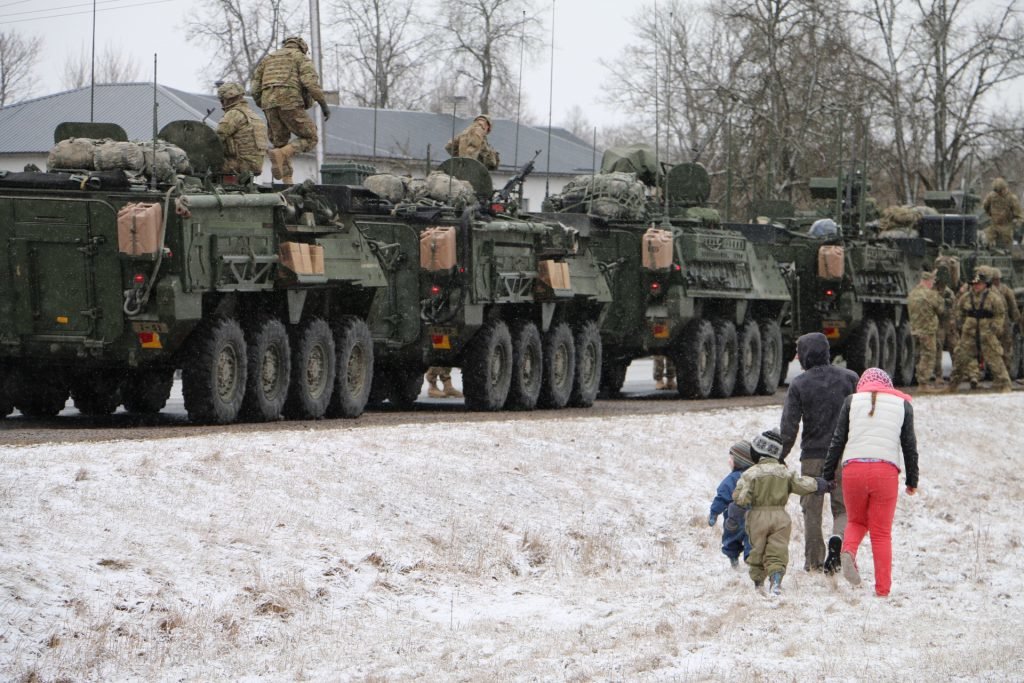
The announcement follows a recent decision by the Trump administration to withdraw some 11,800 US military personnel from Germany. Of that number, 6,400 US service members will return to the US, while 5,600 will be relocated to other NATO countries, in what the Pentagon says is a bid to deter Russian aggression in the region.
An Army mechanized brigade leaving Germany for the US will begin rotational deployments in the Black Sea region. Also, the US will move a squadron of F-16 fighter jets from Germany to Italy, “moving them closer to the Black Sea region and better capable of conducting dynamic force employments and rotational deployments to NATO’s southeastern flank,” U.S. Secretary of Defense Mark Esper said in a July 29 speech announcing the move.
Known as the Enhanced Defense Cooperation Agreement, the US military shift to Poland “will enhance deterrence against Russia, strengthen NATO, reassure our Allies, and our forward presence in Poland on NATO’s eastern flank will improve our strategic and operational flexibility,” Esper said in a Monday release.
“The move to Poland, even if temporally reducing military capabilities in Europe, will not weaken NATO’s global deterrence against Russia in the long run,” said Franz-Stefan Gady, a research fellow for the International Institute for Strategic Studies, a British research group.
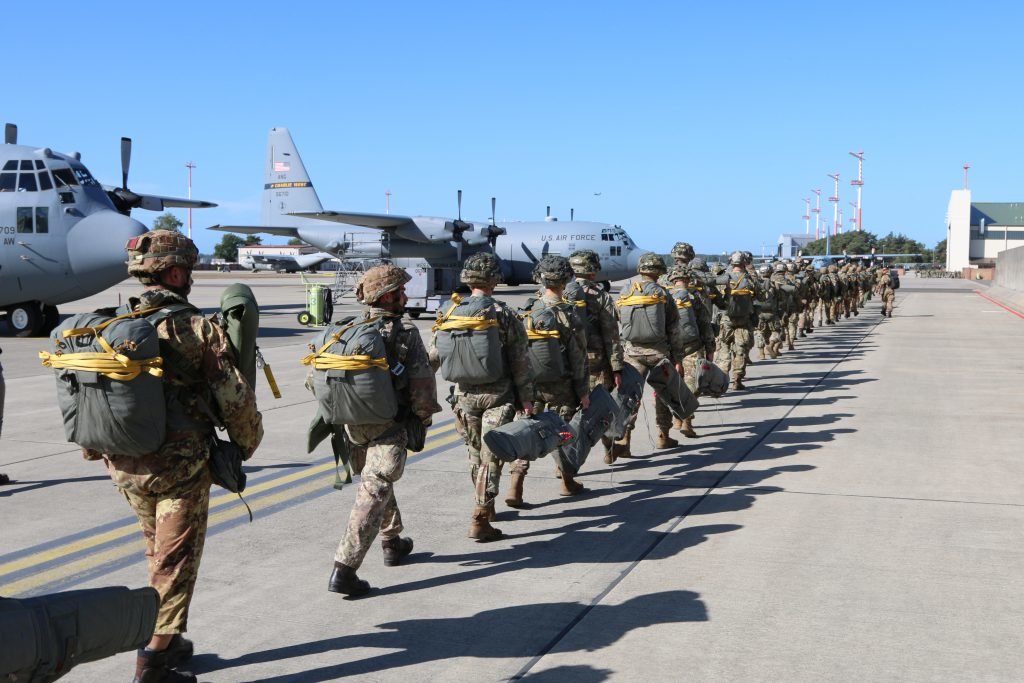
The new American forces in Poland will reportedly comprise an Air Force MQ-9 Reaper drone squadron, special operations forces, an Army helicopter unit, and an armored brigade team. Poland has agreed to pay for the infrastructure and logistical support of relocating the additional US military personnel and hardware.
“Strengthening the presence of U.S. troops in Poland concerns not only combat units, but also the development of specific capabilities in the field of reconnaissance, command, or the adoption of additional forces in the event of an emergency,” the Polish Ministry of Defense said in a statement. “This introduces a new quality of U.S. military presence both in Poland and in the entire region.”
The US Army’s V Corps, currently based at Fort Knox, Tennessee, is slated to have a command post in Poland. There will also be a US Army forward division headquarters at Poznan. Altogether, those new US forces in Poland will “enhance deterrence of Russia, in line with US and NATO efforts undertaken after 2014,” and their presence underscores “the US desire to better prepare for large-scale land operations on NATO’s eastern flank,” said Artur Kacprzyk, a defense analyst for The Polish Institute of International Affairs.
“Additional US capabilities and Polish investments in infrastructure for reception and stationing of US units will both enable currently deployed US forces and facilitate rapid deployment of reinforcements in a crisis,” Kacprzyk told Coffee or Die. “These enhancements will be important not only for defense of Poland but of neighboring Baltic States as well.”
The Air Force already maintains a detachment of contractor-operated MQ-9 Reapers at Poland’s Miroslawic Air Base. The US is also building an Aegis Ashore missile defense site in Redzikowo, Poland, which is set for completion in 2022.
“There are or may be other opportunities as well to move additional forces into Poland and the Baltics,” Esper said in the July 29 speech.
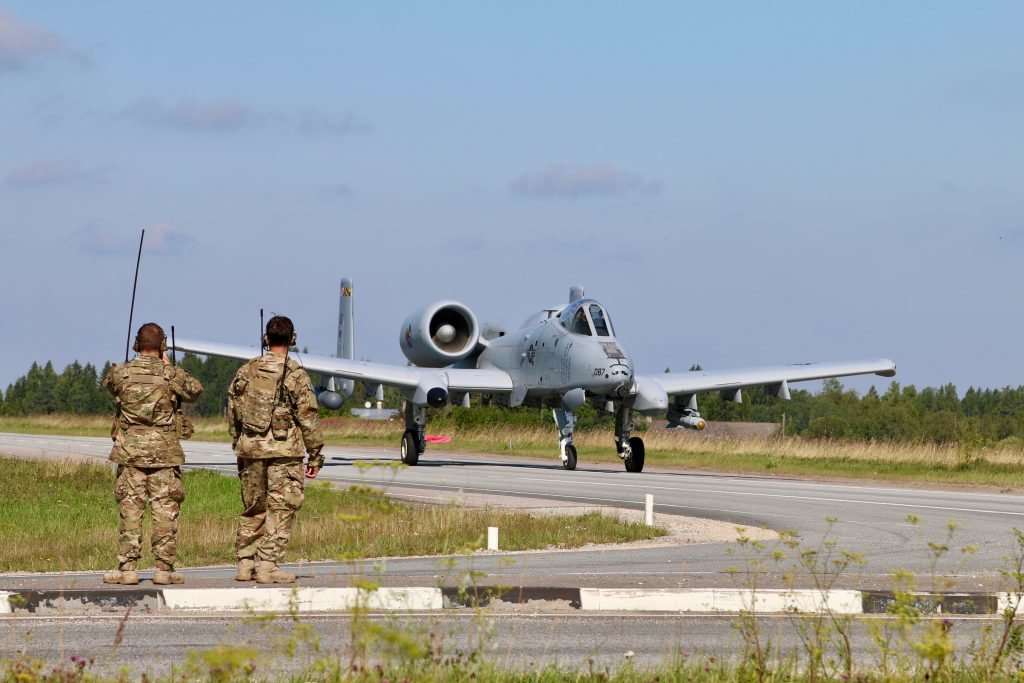
In a June interview with Channel One Russia, Kremlin spokesman Dmitry Peskov condemned the “consistent drift of NATO’s military infrastructure” toward Russia’s borders.
Regarding the US military’s growing presence in Poland, Peskov reportedly said: “As a country ready to provide its territory for the military infrastructure of third countries or for an organization such as the North Atlantic Alliance, this poses a threat to us.”
Germany has frequently come under fire from the White House for not meeting NATO’s benchmark of spending at least 2% of its gross domestic product on defense. For its part, Poland spent 2% of its GDP on defense in 2019 and plans to boost that share to 2.5% by 2030.
“Germany for the time being continues to serve as the anchor for the US troop presence on the Eurasian landmass. It will remain an important hub for future US military operations Europe, North Africa, and the Middle East, even if a small US troop contingent is permanently relocated to Poland,” Gady, from the International Institute for Strategic Studies, told Coffee or Die.
He added: “Moving troops eastward may temporally reduce US conventional military capabilities in these regions over the next few years. I don’t think, however, it will impact NATO’s conventional deterrence posture vis-à-vis Russia.”
On Sunday, US Air Force warplanes and Navy ships held a joint training exercise in the Black Sea. The Air Force aircraft included F-16s from Aviano Air Base in Italy and an MQ-9 Reaper drone launched from Poland’s Miroslawiec Air Base.
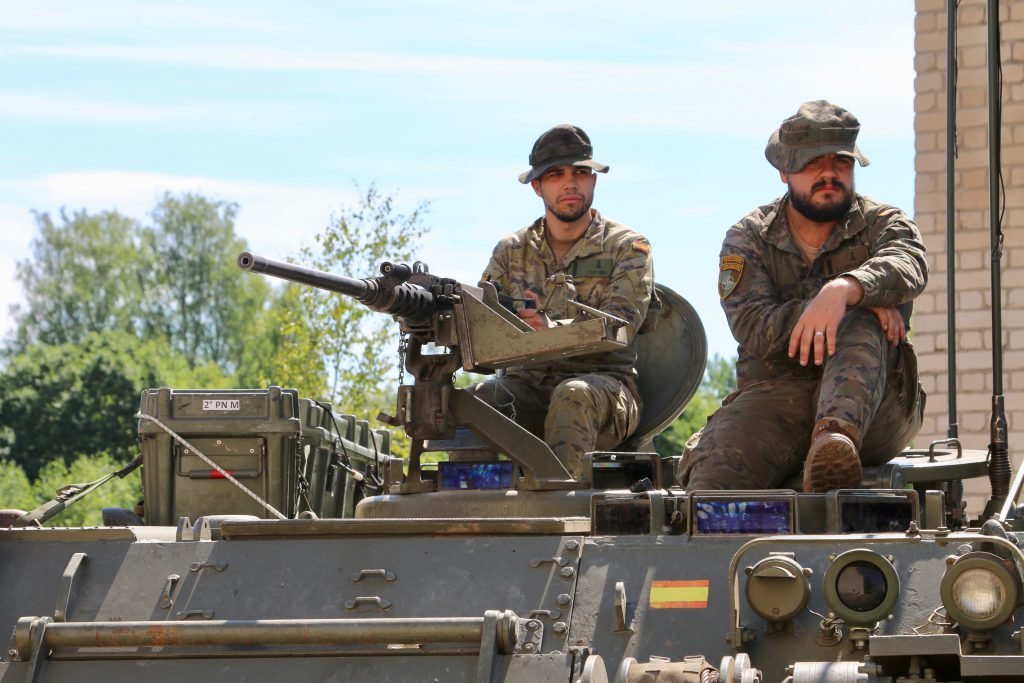
Since Russia’s 2014 invasions of Ukraine’s Crimean and Donbas territories, the US and NATO have increased the pace of their European military exercises to levels unseen since the Cold War. The Western military alliance (originally conceived to oppose the Soviet Union) has collectively pledged to boost military spending while it follows through on plans to deploy its forces eastward toward Russia’s borders.
At the July 2016 NATO summit in Warsaw, Poland, alliance leaders announced the rotational deployment of four 1,000-troop-strong combat battalions — known as multinational battle groups — to Poland, Estonia, Latvia, and Lithuania. Those deployments are ongoing.
Many military experts consider NATO’s Baltic deployments to be “tripwire forces,” presumably meant to deter Russia from an attack due to the risk of spurring a response by the entire Western alliance to defend its forward units.
NATO also fields a Very High Readiness Joint Task Force, comprising about 6,000 troops and based in Poland, which is tasked to “respond to emerging security challenges posed by Russia,” according to a statement on the alliance’s website.
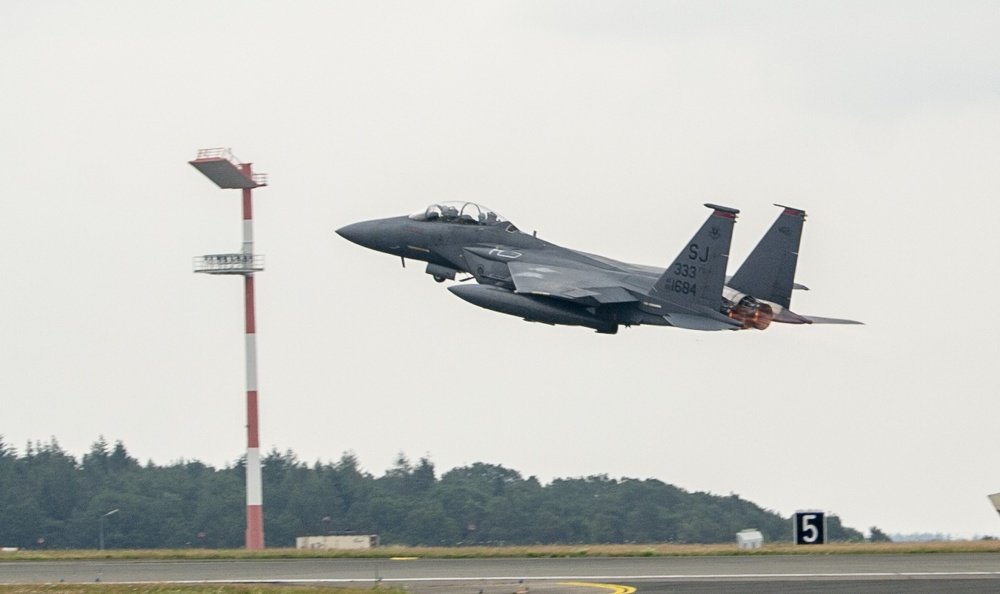
Moscow’s military aggression in Ukraine has also spurred former Soviet and Warsaw Pact countries to become a de facto anti-Moscow military bloc. On July 28, Poland signed a deal with Ukraine and Lithuania to form a three-way defense pact called the Lublin Triangle, which is meant to boost the three countries’ defenses against Russian aggression.
Despite the military buildup, however, Eastern European countries are, for the most part, not looking to freelance their own national security outside of NATO’s collective defense umbrella. However, when it comes to deterring Russia, some defense experts say the Cold War models of “forward presence” may not be as applicable to the modern, multidomain warfare.
“Conventional deterrence can be achieved by other means and not solely by a forward deployed presence,” said Gady. “As future warfare moves into other domains, such as space and cyberspace, and as the US is working on conventional global strike options […], there is a serious conversation that needs to be had within the US defense establishment whether the current US force posture in Europe is really optimized to meet 21st century threats from peer and near peer competitors.”

BRCC and Bad Moon Print Press team up for an exclusive, limited-edition T-shirt design!
BRCC partners with Team Room Design for an exclusive T-shirt release!
Thirty Seconds Out has partnered with BRCC for an exclusive shirt design invoking the God of Winter.
Lucas O'Hara of Grizzly Forge has teamed up with BRCC for a badass, exclusive Shirt Club T-shirt design featuring his most popular knife and tiomahawk.
Coffee or Die sits down with one of the graphic designers behind Black Rifle Coffee's signature look and vibe.
Biden will award the Medal of Honor to a Vietnam War Army helicopter pilot who risked his life to save a reconnaissance team from almost certain death.
Ever wonder how much Jack Mandaville would f*ck sh*t up if he went back in time? The American Revolution didn't even see him coming.
A nearly 200-year-old West Point time capsule that at first appeared to yield little more than dust contains hidden treasure, the US Military Academy said.












